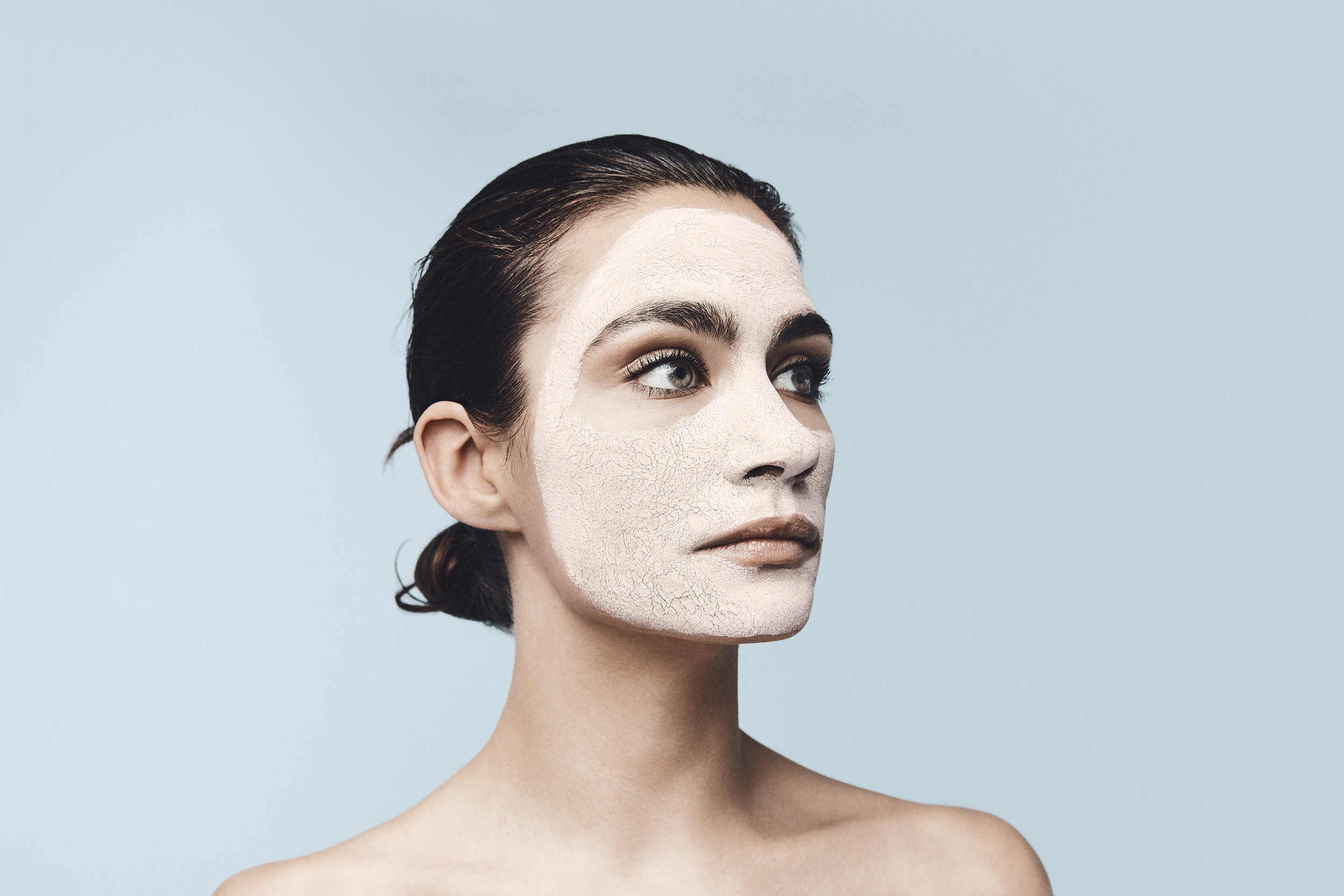Heena Tattoos
Heena Tattoos
The art of henna (called mehndi in Hindi & Urdu) has been practiced for over 5000 years in India, Pakistan, Africa and the Middle East. Today people all over the world have adopted the ancient traditions of adorning their bodies with the beautiful natural artwork created from the henna plant. It became a very popular form of temporary body decoration in the 90's in the US and has become a growing trend ever since. Celebrities like Madonna, Gwen Stefani, Yasmine Bleeth, Liv Tyler, Xena, and many others proudly adorn their bodies with henna and show them off in public, movies, videos, etc. People throughout the west have adopted the eastern tradition in their lives by having their hands and feet painted for wedding, bellies painted while in pregnancy, heads adorned with henna while going through chemotherapy, scars camouflaged to make them unnoticeable, etc.
Henna plant- a natural dye for body decoration
The henna plant contains lawsone which is a reddish-orange dye that binds to the keratin (a protein) in our skin and safely stains the skin. The stain can be from pale orange to nearly black depending on the quality of the henna and how well ones skin takes it. A good henna, fresh from hot & dry climates, will stain the darkest.
For body decorations, the leaves of the henna plant are dried, crushed into a fine powder, and made into a creamy paste using a variety of techniques. This paste is then applied to the skin, staining the top layer of skin only. In its natural state it will dye the skin an orange or brown color. Although it looks dark green (or dark brown depending on the henna) when applied, this green paste will flake off revealing an orange stain. The stain becomes a reddish-brown color after 1-3 days of application. The palms and the soles of the feet stain the darkest because the skin is the thickest in these areas & contain the most keratin. The farther away from hands and feet the henna is applied, the lesser the color. The face area usually stains the lightest. The designs generally last from 1-4 weeks on the skin surface depending on the henna, care and skin type.
Tradition
Henna is traditionally used for special occasion like holidays, birthdays and wedding in India, Pakistan, Middle East and Africa. The most popular of the traditions is the Mehndi (henna) Night where the bride, her family, relatives and friends get together to celebrate the wedding to come. The night is filled with games, music and dance performances that may have been rehearsed for months prior to the event by those closest to the bride while the bride gets extensive henna patterns done on her hands and feet that go to her elbows and sometimes, knees. The bridal patterns can take hours and are often done by multiple henna artists. The guests will usually receive small designs (tattoos) on the backs of their hands as well.
Today, brides prefer to have their henna done prior to the mehndi night so that they can enjoy the festivities and also have a deeper stain by the wedding day.
Tradition holds that for as long as the henna stain appears on the bride, she doesn't have to do any housework! Also, the darker the stain the better the marriage and the better the mother-in-law will be! So you can imagine why the bride would want the stain to come our dark and last as long as possible!
How long does a henna tattoo last?
This depends on a few factors like skin type, lifestyle and body part, but generally speaking, the stain will last somewhere between one and three weeks.









